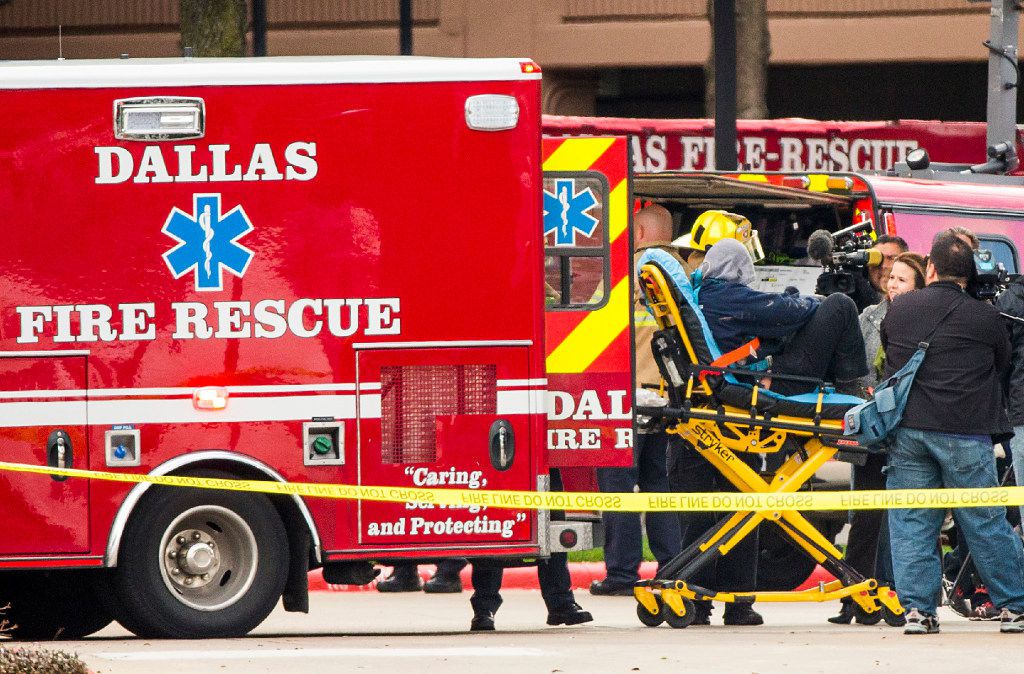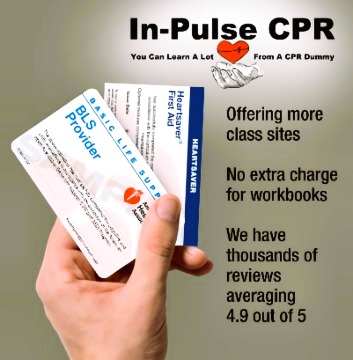What a Bystander was Taught Saves a Teacher’s Life
When paramedics in Dallas arrived at Sarah Zumwalt Middle School, they found a teacher in the midst of a heart attack. “He was in ventricular fibrillation, a fatal rhythm,” said Fire Department Lieutenant Greg Henderson. They also found that a fellow educator already was performing CPR. Said Henderson, “Bystander CPR is what saved this person’s life.”
The story is often the same in such cases, but sadly, they are few and far between. Only eight percent of heart attack victims survive, mainly because not enough people have taken the small amount of time to learn proper CPR. When the technique is applied quickly and in the right way, the survival rate triples and complications from loss of blood flow to the brain are minimized.
In this case, by happy coincidence, it turned out the victim and his colleague-savior were friends, and had taken CPR classes together, which included training in use of the Automated External Defibrillator, a portable device that aids in restoring normal heart rhythm when accompanied by effective CPR. More and more AED’s are being made available in public places, but not nearly enough people have been taught how to use them.
It’s estimated that only one-in-three heart attack victims receives quick CPR from a bystander. As mentioned, in a quirk of symmetry, their survival rate triples when they do. Sudden cardiac arrest is the number one cause of natural death in the United States, killing over 325,000 people a year. If you take the few hours required to learn CPR, those statistics indicate you have a pretty good chance to put your knowledge to life-saving use. A small investment of time for such an incalculably great return!
Lieutenant Henderson summed up the situation simply: “It’s stories like this that tell you how important bystander CPR is.” And, by definition, how important it is for us to learn it. And if your training took place more than a few years ago, it’s time for a new class, because proper technique has changed. The American Heart Association’s key focus is on chest compression, because blood flow to the brain is so crucial.
How many compressions a minute to apply, how to time them and how much force is necessary are things you can learn in a very short time. What are you waiting for?





COMMENT (2)
Teacher Job Duties / February 7, 2012
Happy that the teacher is safe, very helpful note in bystander CPR. I really appreciate your sharing this online!@bose
Jason / October 1, 2013
I renew my CPR certification every two years. I did not realize that only one in three heart attack victims get CPR while those who do get CPR chance of survival triples.